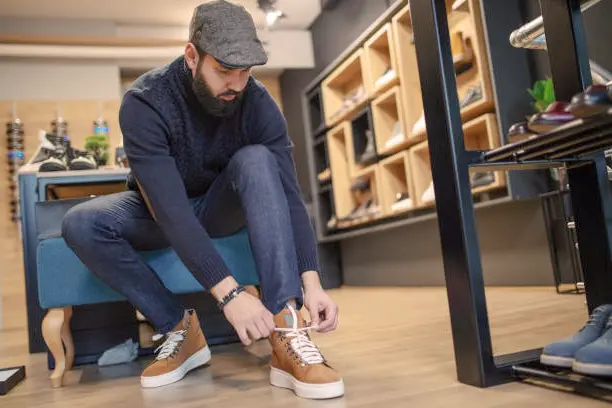
Upholding Tradition: The Art of Crafting and Repairing Footwear
- Admin
In a world of rapid technological advancements and mass production, there exists a timeless tradition that perseveres through generations—the art of crafting and repairing footwear. This article delves into the rich heritage and enduring significance of this age-old practice, exploring the craftsmanship, techniques, and cultural importance associated with the creation and restoration of shoes.
Preserving Heritage Through Craftsmanship:
Footwear holds a significant place in human history, dating back to ancient civilizations where shoes were crafted by skilled artisans using traditional methods and natural materials. From the cobblers of medieval Europe to the shoemakers of colonial America, the art of crafting footwear has been passed down through generations, preserving cultural heritage and artisanal skills.
Mastery of Techniques:
Crafting a pair of shoes requires mastery of intricate techniques, from pattern-making and cutting leather to stitching and assembling components. Shoemakers often spend years honing their skills, learning the nuances of different styles and materials to create footwear that is not only functional but also aesthetically pleasing and durable.
The Art of Repair:
In addition to crafting new shoes, the tradition of repairing footwear plays a vital role in sustainability and resourcefulness. Skilled cobblers possess the expertise to mend worn-out soles, replace damaged heels, and refurbish leather uppers, breathing new life into beloved shoes and extending their lifespan for years to come.
Cultural Significance:
Beyond its practical aspects, the art of crafting and repairing footwear holds cultural significance in communities around the world. In many societies, shoes are imbued with symbolism and ritualistic meaning, representing status, identity, and belonging. Traditional footwear designs often reflect local customs, traditions, and craftsmanship techniques unique to specific regions.
Passing Down the Tradition:
As modernization and globalization reshape the world, there is a renewed appreciation for traditional crafts and artisanal practices. Many shoemakers are now working to pass down their knowledge to future generations, ensuring that the art of crafting and repairing footwear continues to thrive in an ever-changing world.
Conclusion:
In conclusion, the tradition of crafting and repairing footwear stands as a testament to human creativity, ingenuity, and resilience. From its humble origins to its enduring relevance in contemporary society, this timeless practice continues to enrich our lives, connect us to our heritage, and uphold the values of craftsmanship and tradition. As we celebrate the artistry and craftsmanship of shoemaking, let us also recognize the importance of preserving this cherished tradition for generations to come.
